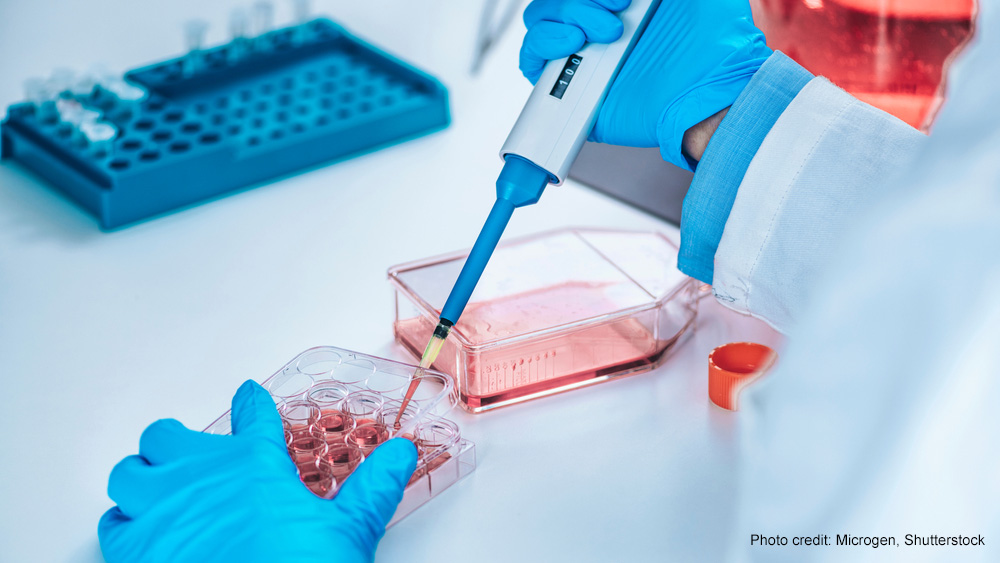
Jan 23, 2024 A History of Alternatives to the Use of Animals in Research and Testing
I have recently completed the manuscript for a book on The History of the Development of Alternatives to Animals in Research and Testing, which is scheduled to be published by Purdue University Press in July 2024. Andrew Rowan has asked me to write a short essay about my experiences researching and writing the book and discussing how I became interested in the subject and the resources I drew upon in my work.
Much of my research throughout my career has focused on the history of biomedical science, especially pharmacology, and related fields. As a graduate student in the history of science at the University of Wisconsin-Madison in the 1960s, my doctoral dissertation dealt with the life and work of the Harvard biochemist Lawrence J. Henderson. After a year on a postdoctoral fellowship at Harvard, I returned to Madison to join the history of pharmacy program faculty in the School of Pharmacy, with a joint appointment in the History of Science Department. Since my principal appointment was in the School of Pharmacy, I focused my research interests on the history of pharmaceutical sciences, especially pharmacology. Thus, my research inevitably involved the history of animal experimentation.
Although well aware from my research of the opposition to animal experimentation, my specific interest in the issue of alternatives to animals did not begin until around 1990 and was the result of several factors. First of all, my sons Mark and Adam were students at the University of Maryland College Park at that time and were active in the University’s Animal Rights Coalition. Through them, I became more aware of animal welfare issues. One of the campaigns on which they worked specifically involved alternatives, an unsuccessful effort to implement a policy that would have encouraged instructors of courses that used live or dead animals to find substitutes for these practices, e.g., computer programs that simulate dissection.
About this same time, Alan Goldberg, Director of the Center for Alternatives to Animals in Testing (CAAT) at Johns Hopkins, who was aware of my research in the history of pharmacology, invited me to present a paper on the history of in vitro toxicology at an international symposium at CAAT in 1990. This talk led to my first publication on this aspect of the history of alternatives and stimulated my broader interest in the subject. Over the next few years, I published several other papers on animal research and testing history, touching on alternatives. However, other commitments prevented me from delving further into the subject of alternatives at the time.
I recognized that while various scholars, such as Andrew Rowan and Michael Balls, had published articles on various historical aspects of the “alternatives” story, no one had written a book-length history. Several years ago, I embarked in earnest on such a project. In the course of the research for the book, I consulted primary source materials from numerous libraries and archives in the United States and the United Kingdom. One of the most important of these collections is the W. M. S. Russell Papers at the University of Nottingham. It was, of course, the publication of The Principles of Humane Animal Experimentation by Bill Russell and Rex Burch in 1959 that opened up the field of alternatives. Correspondence and other documents in the collection shed new light on the project that led to their ground-breaking book, sponsored by the Universities Federation for Animal Welfare (UFAW) in Britain, and how it developed. My research also benefited from collections at such institutions as the National Library of Medicine, the Wellcome Library, the Chesney Archives at Johns Hopkins, and the North Carolina State University Libraries Special Collections, to name a few.
I also interviewed several key figures who helped develop the field of alternatives, such as Andrew Rowan, Michael Balls, and Alan Goldberg. Their recollections enabled me to understand better the roles played in the history of alternatives by key organizations and institutions in which they were involved, such as the Humane Society of the United States (HSUS), the Fund for Replacement of Animals in Medical Experimentation (FRAME), and CAAT.
My book carries the story of alternatives through about 1990, when the field had become established, and is focused on developments in the United States and Britain. It is not a technical history of developing specific alternative methods, although some are discussed in passing. Major themes focus on the social history of technological innovation, including the origins and development of interest-holder perspectives on alternatives, the crucial role played by the animal protection movement in promoting alternatives, the resulting controversies and cooperation between scientists and animal welfare advocates, and the introduction of alternatives into legislation and regulations concerning animal use.
Dr. John Parascandola was born in New York in 1941. He graduated from Brooklyn College with a B.S. degree in Chemistry, followed by a Ph.D. in the History of Science from the University of Wisconsin, Madison. He has published numerous articles on the history of chemical pharmacology (e.g., the relationship between chemical structure and pharmacological activity) and eventually a book on The Development of American Pharmacology: John J. Abel and the Shaping of a Discipline (Johns Hopkins University Press, 1992). After serving on the University of Wisconsin faculty from 1969-83, he became Chief of the History of Medicine Division at the U.S. National Library of Medicine. In 1992, he was appointed the Public Health Service Historian, a position he held until his retirement in 2004.


